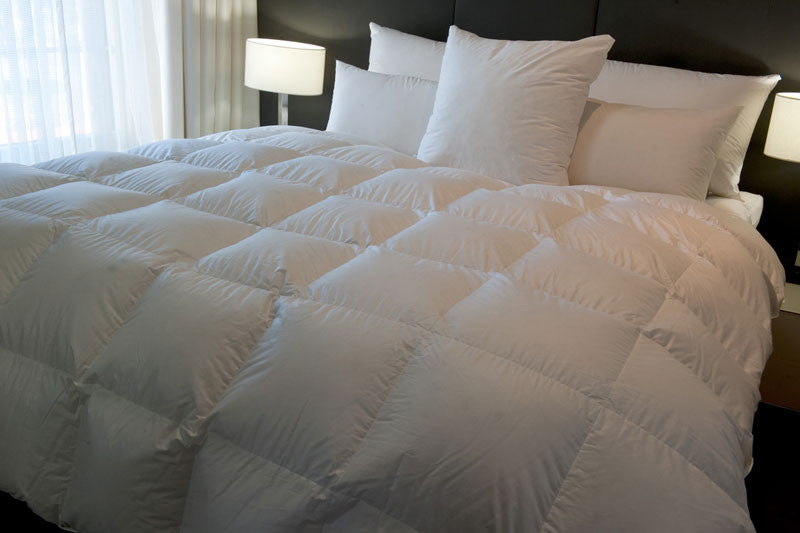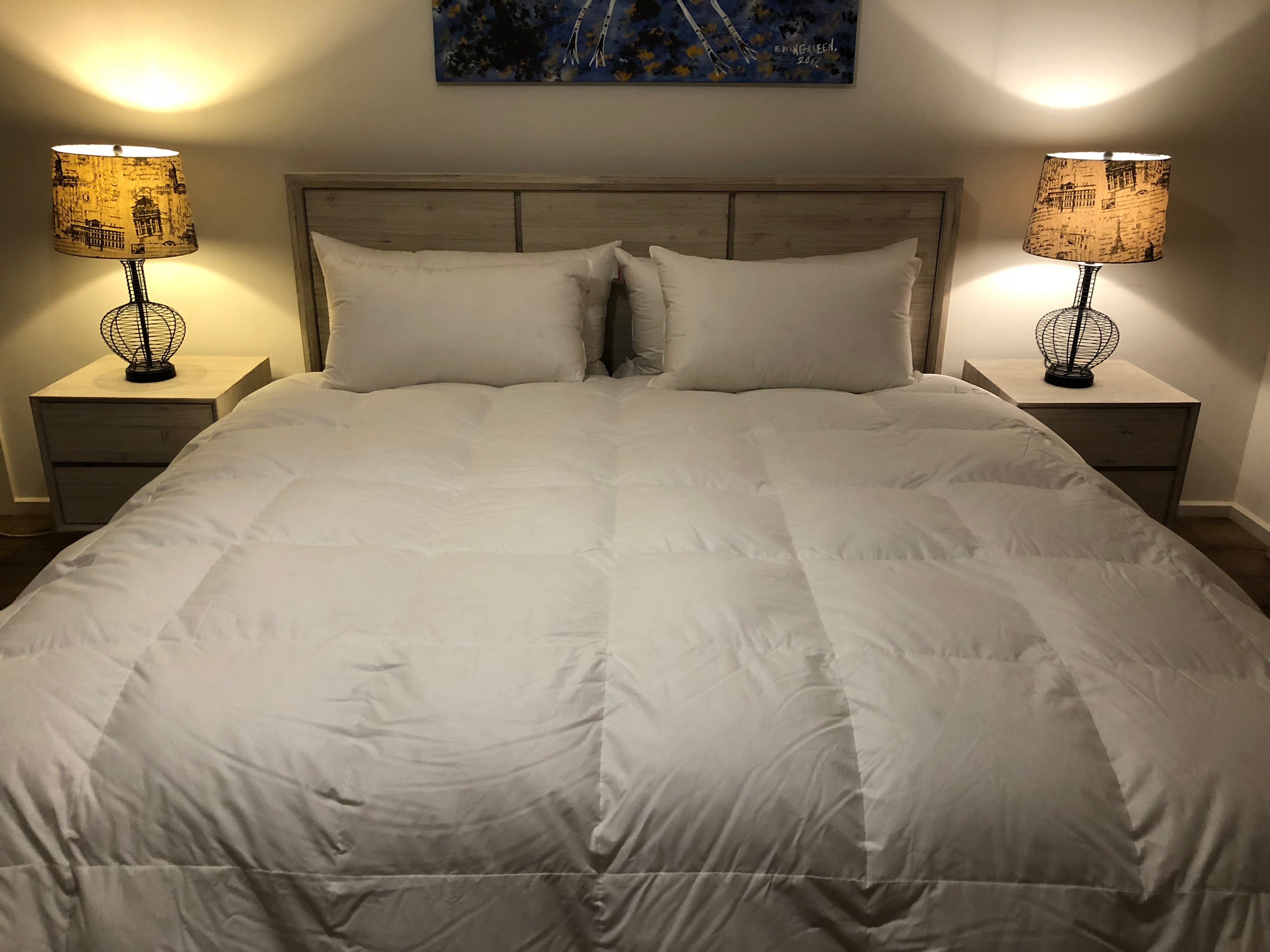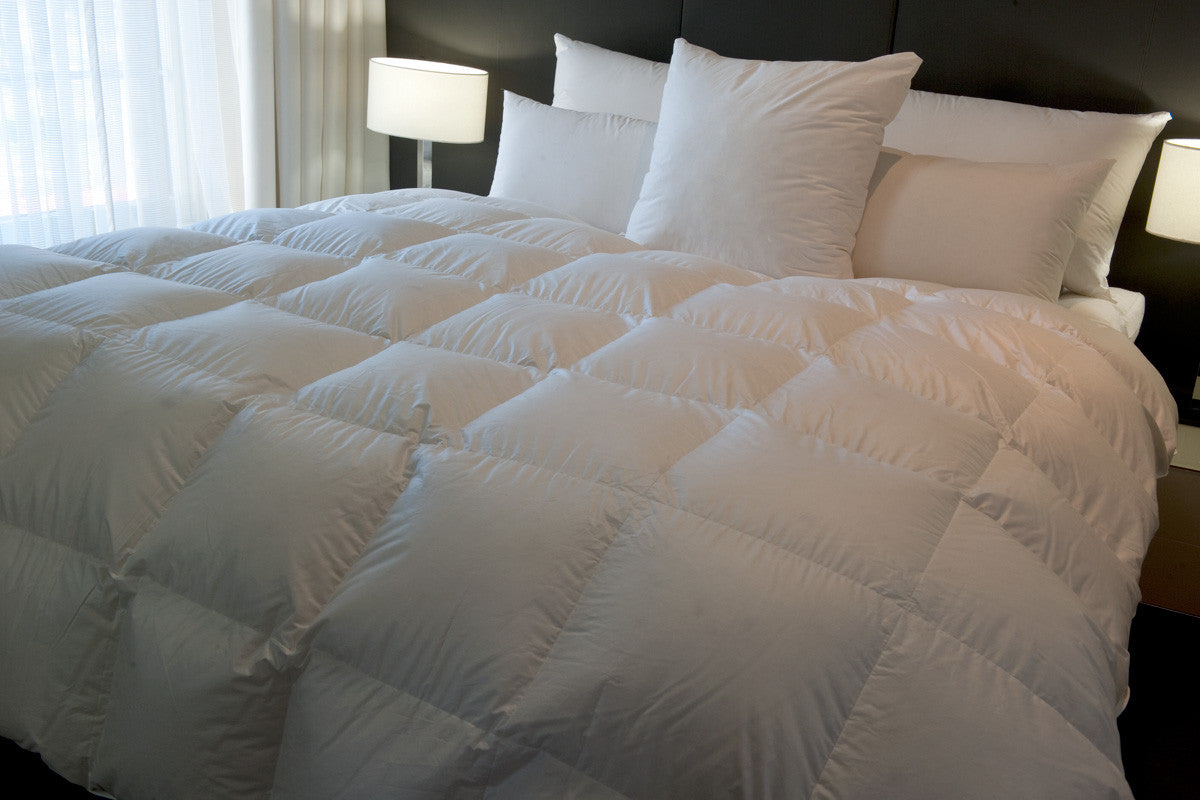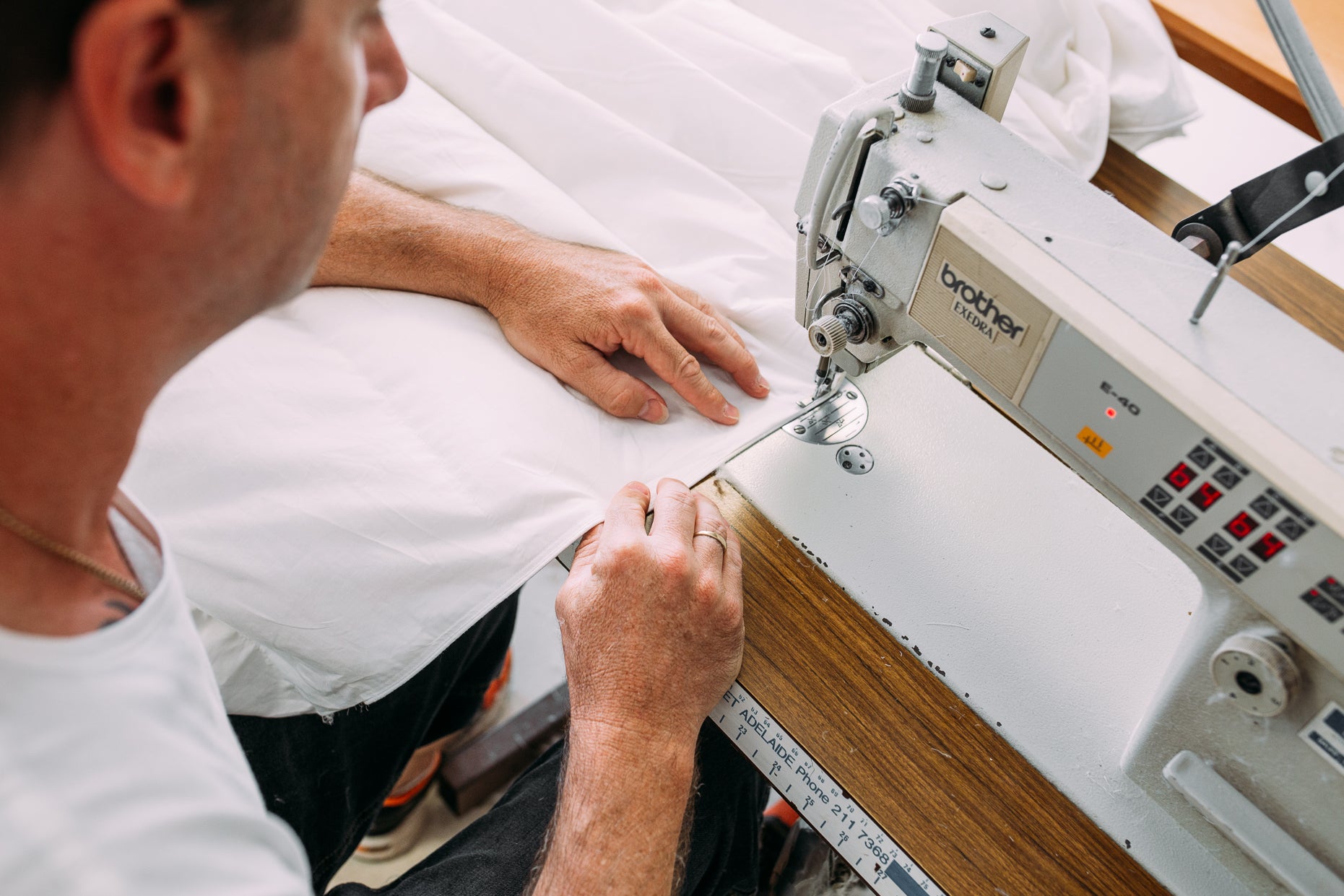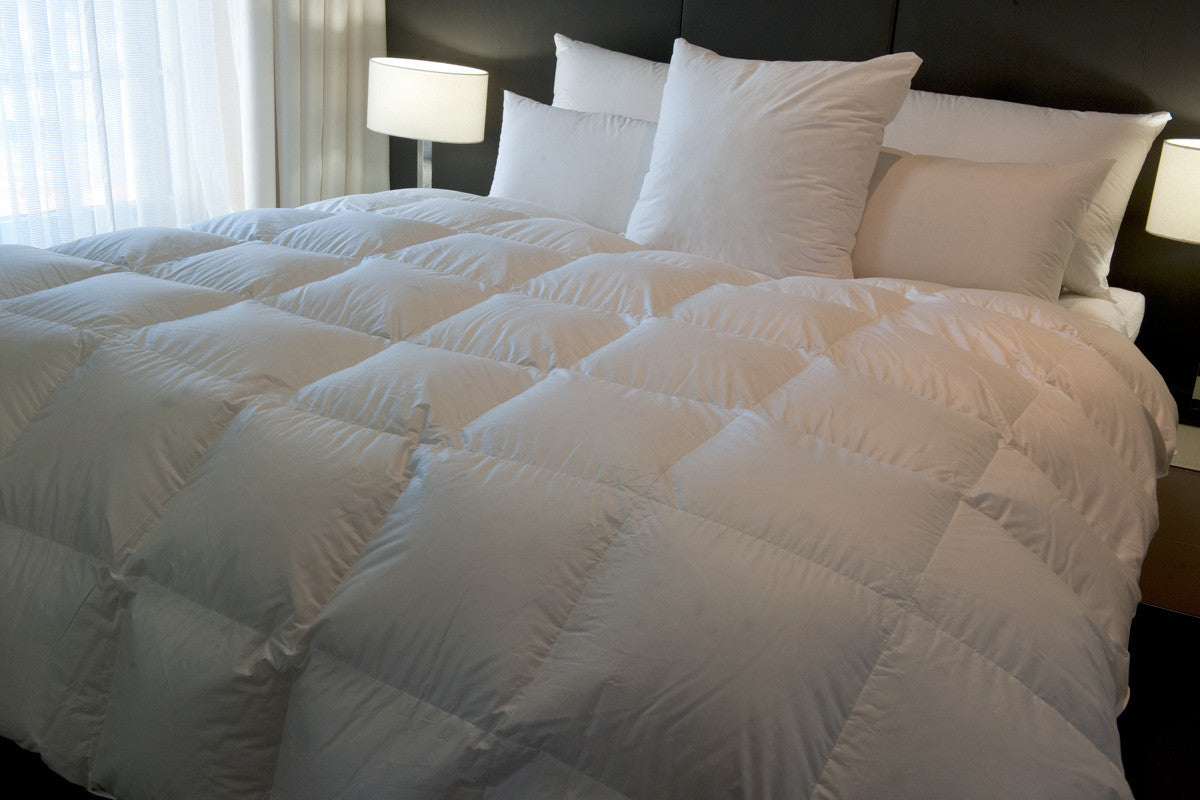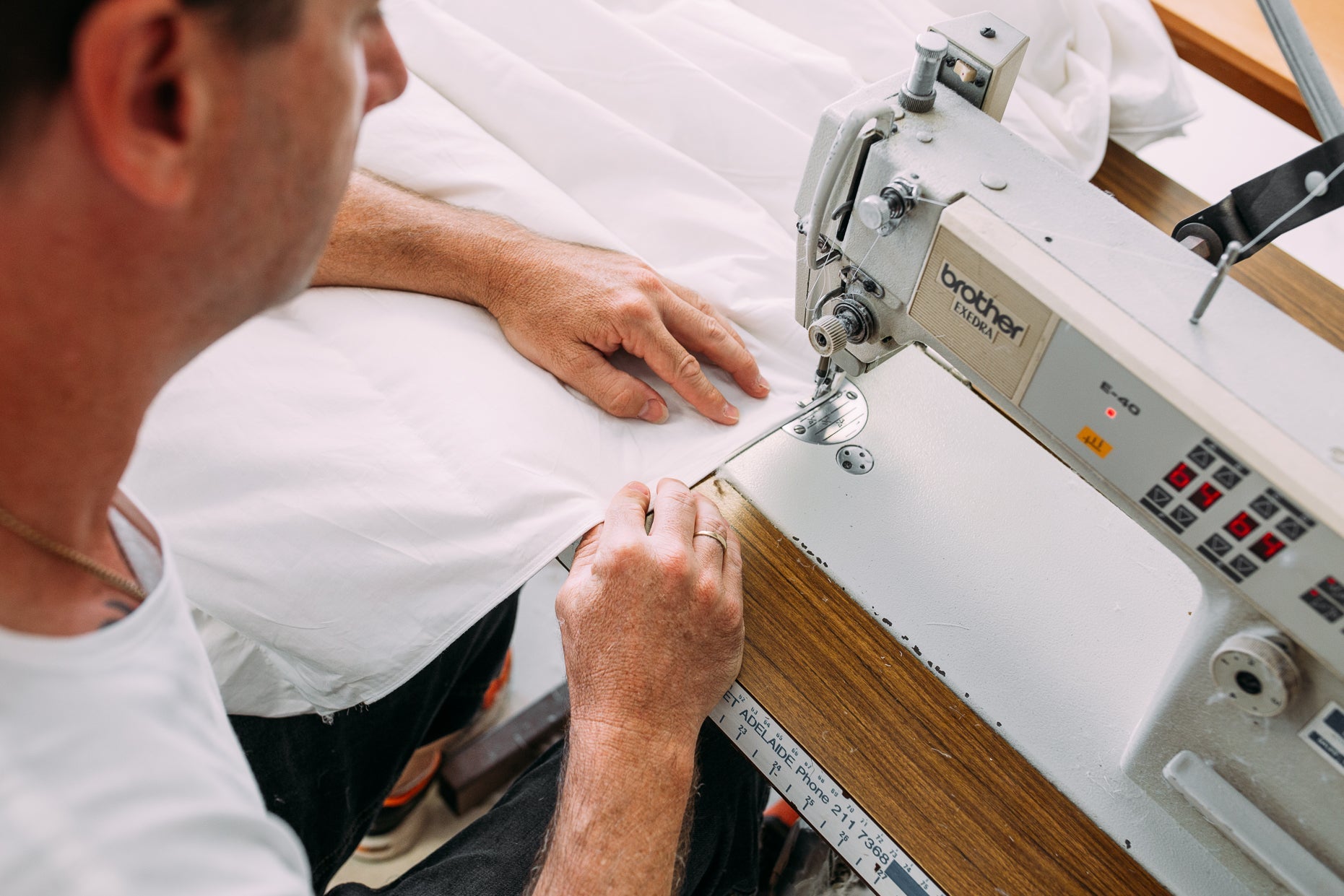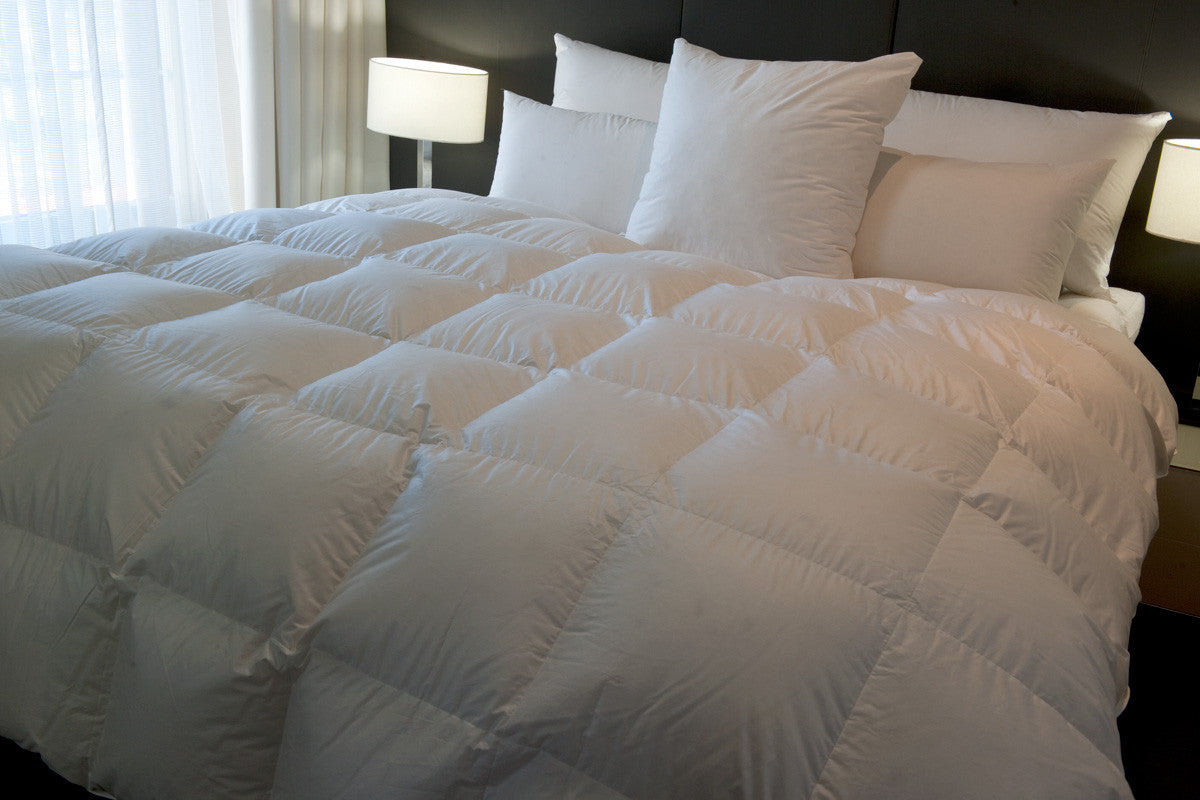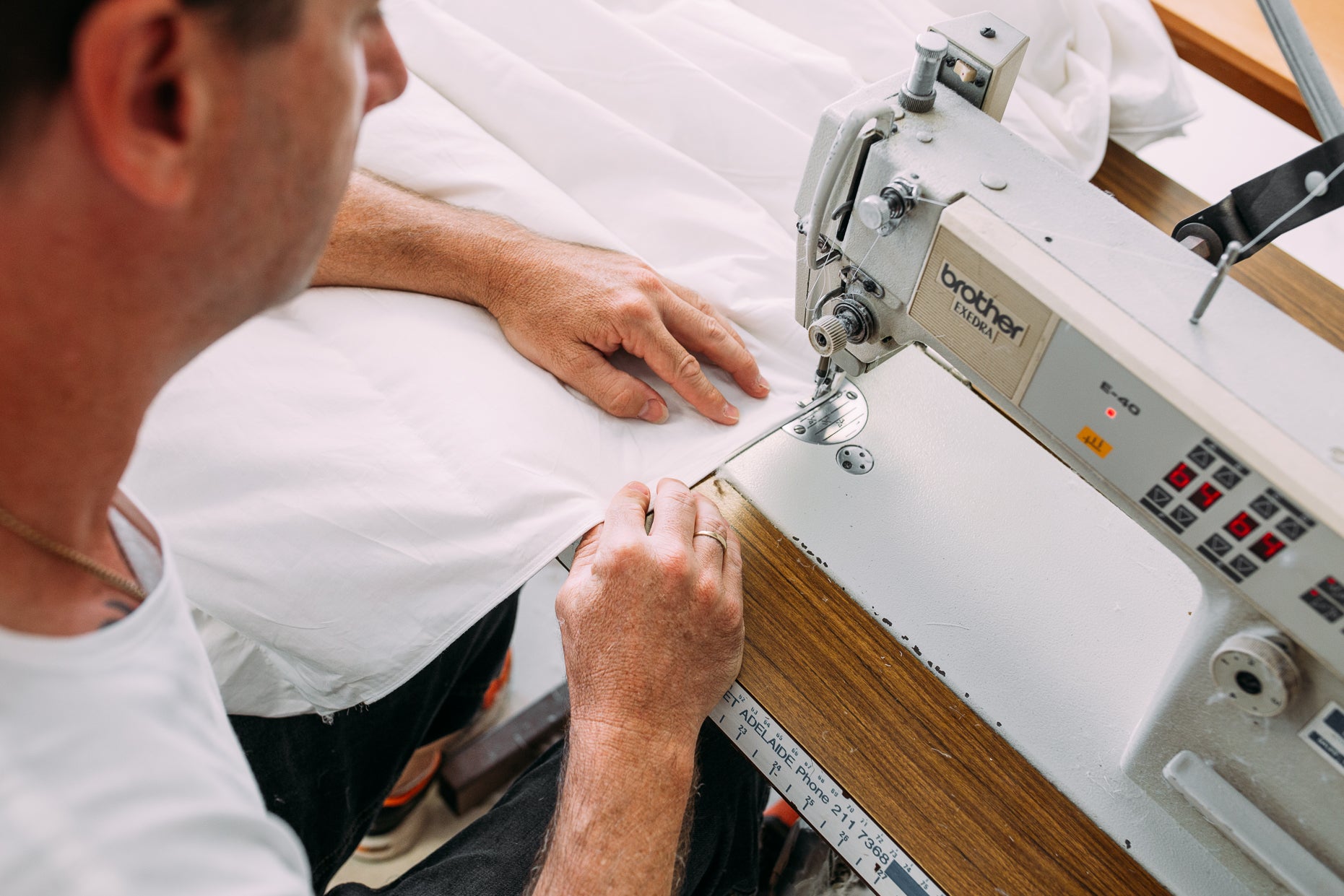
What Does GSM Mean for Quilts?
When you’re shopping for a new quilt, you’ll likely come across the term GSM. It’s one of those technical details that sounds confusing but makes a big difference to comfort and warmth. GSM stands for grams per square metre, and it tells you how much filling is packed inside the quilt. The higher the GSM, the heavier and warmer it will feel.
But GSM isn’t the only factor that affects how cosy your bed feels. The type of filling, its quality, and even the stitching style can change everything from breathability to weight. Let’s break it down so you can find the perfect balance between warmth, comfort, and durability for your Australian home.
Frequently Asked Questions
What does GSM stand for in bedding?
GSM means grams per square metre. It measures the weight or density of the filling used in a quilt. A higher GSM means there’s more filling inside, which usually results in extra warmth. Generally down manufacturers dont use GSM. Its a flawed guide which is open to manufacturers inflating their GSM. Some manufacturers include the weight of the fabric not just the fill weight.
We never use GSM. You can calculate the GSM in our quilts by calculating the area of the quilt and divide that into the fill weight.
Does a higher GSM always mean a better quilt?
Not always. A higher GSM might feel warmer and heavier, but it doesn’t automatically mean better quality. The type of down or fibre and the way it’s stitched play just as big a role. Usually a higher GSM means a lower fill quality. Lower fill qualities require more filling to create warmth, therefore a higher GSM.
How does GSM differ from fill power or TOG?
GSM measures weight. Fill power measures fluffiness. TOG (mainly used in the UK) combines weight and insulation. Understanding how they relate helps you compare different quilts accurately.
When choosing, consider both temperature and personal preference. Some people enjoy the feel of a heavier quilt even in moderate weather, while others prefer a lighter one all year.
Defining GSM vs Fill Power and TOG
Think of GSM as the quantity of filling, and fill power as the quality.
Fill power measures how well the filling expands — the higher the number, the fluffier and warmer the quilt feels for its weight.
A 500 GSM quilt made from high fill-power goose down might outperform a 600 GSM quilt filled with lower-grade feathers.
TOG ratings combine both factors into one number, but they’re not widely used in Australia.
Supreme Quilts designs and tests each quilt range to perform across these varied regions, ensuring comfort whether you’re sleeping in coastal Cairns or country Victoria.
Blanket warmth is the key not GSM
Make sure when selecting your quilt you choose the right blanket warmth rating, the fill type and construction type. Compare the fill weights to ensure you are not being undersold. GSM is not important with down quilts.
Wool and synthetic quilts usually use GSM. They generally don't use fill weight because its a large sheet of wadding.
Proper Storage Practices
Store quilts in breathable cotton bags rather than compressed plastic containers during off-seasons. Compression damages fill and reduces loft over time. Rotate your quilts seasonally to prevent excessive wear on any single item.
Long-Term Investment Strategy
From a value perspective, investing in two quality quilts—one lightweight and one winter-weight—often provides better long-term comfort and durability than constantly washing a single all-purpose quilt. Quality quilts from reputable manufacturers typically include warranties covering construction defects.
Care Label Compliance
Always check the care label before purchasing, as ongoing maintenance costs and effort should factor into your decision. Some high-quality quilts require professional cleaning, which adds to the total cost of ownership but may be worth it for superior materials and construction.
Final Thoughts
Selecting the right blanket warmth quilt means balancing weight, warmth, and quality. Numbers help, but craftsmanship and materials complete the picture.
In Australia’s mixed climates, it’s worth investing in a quilt that adapts — breathable in summer, snug in winter, and durable for years ahead. The right choice will keep you sleeping soundly through every season, no matter where you live

